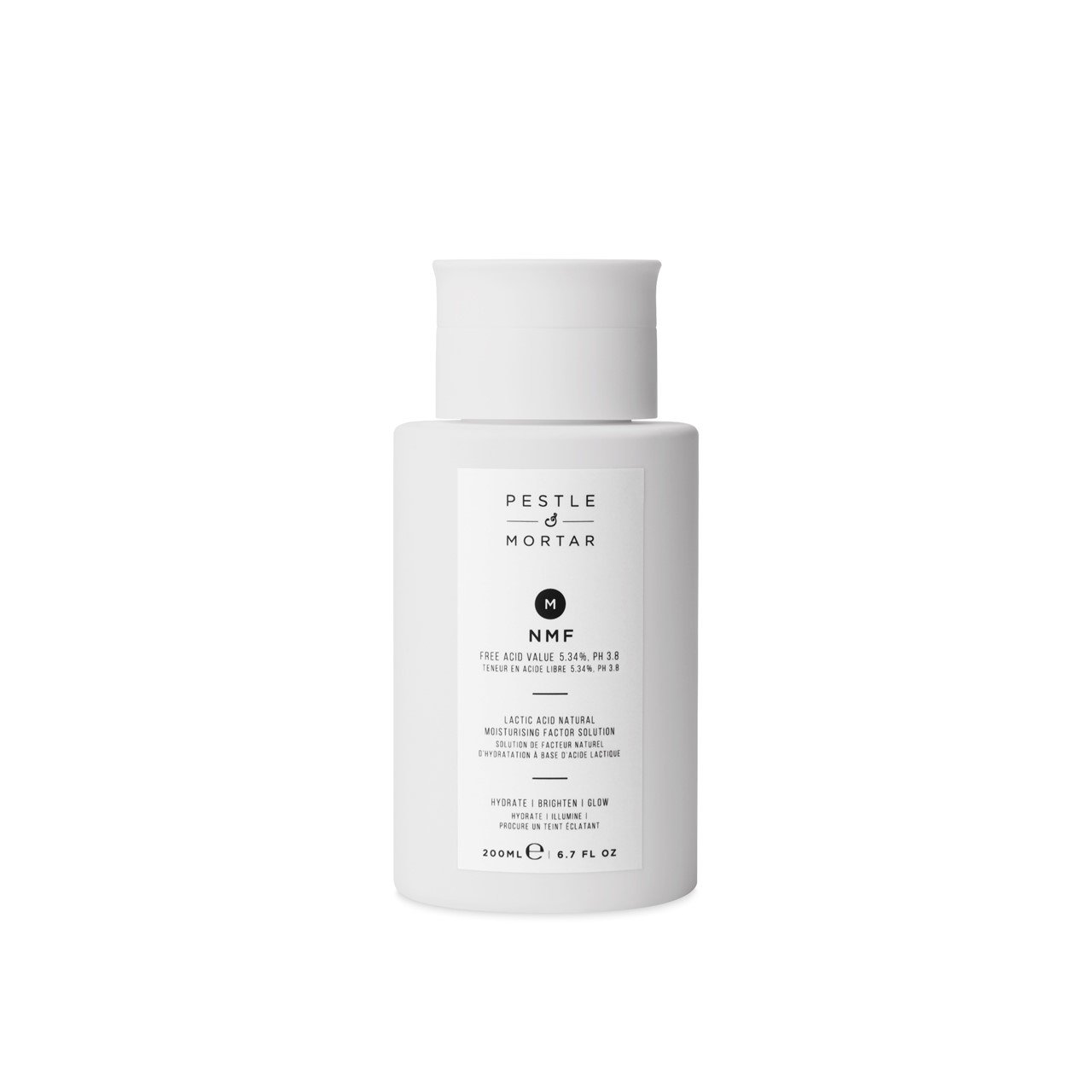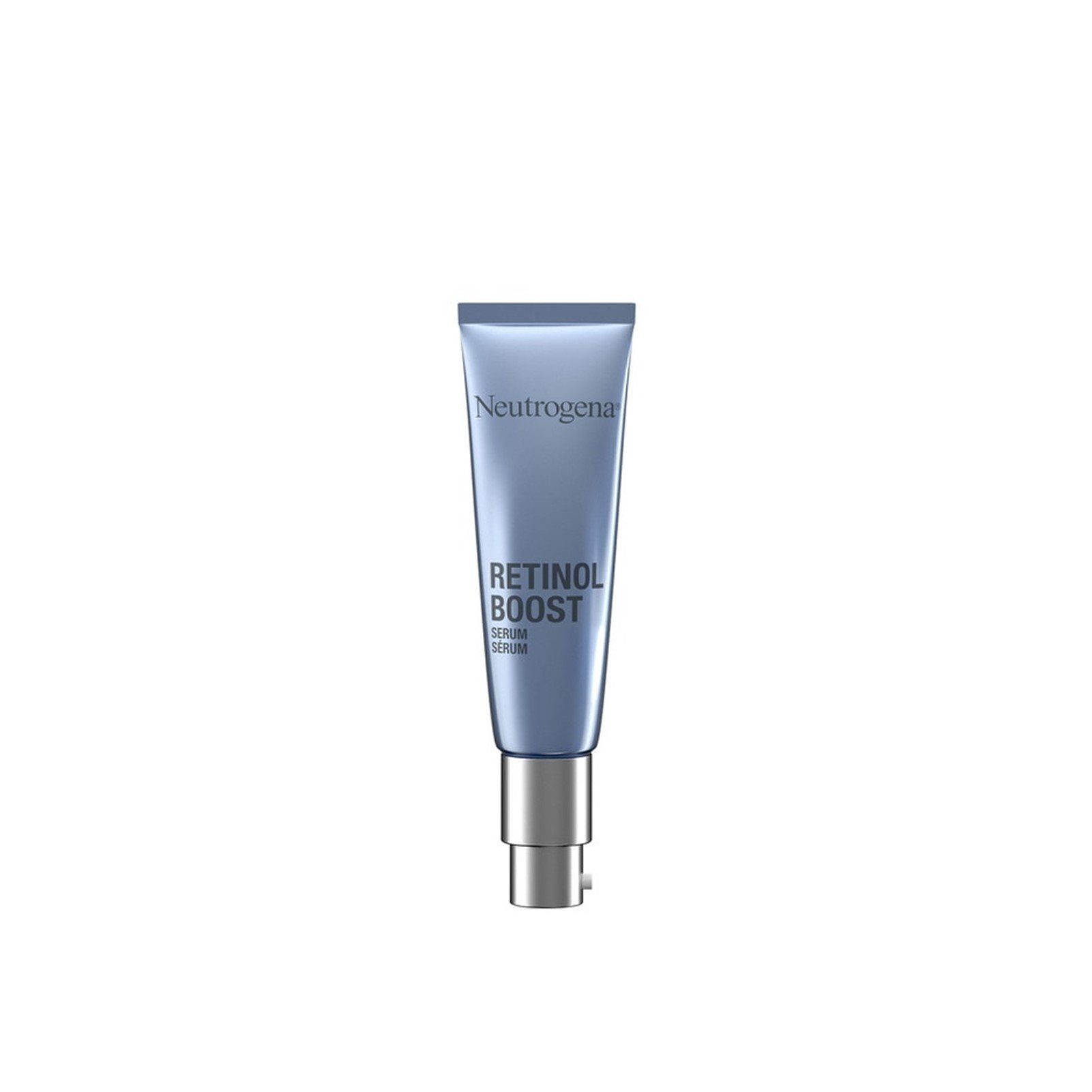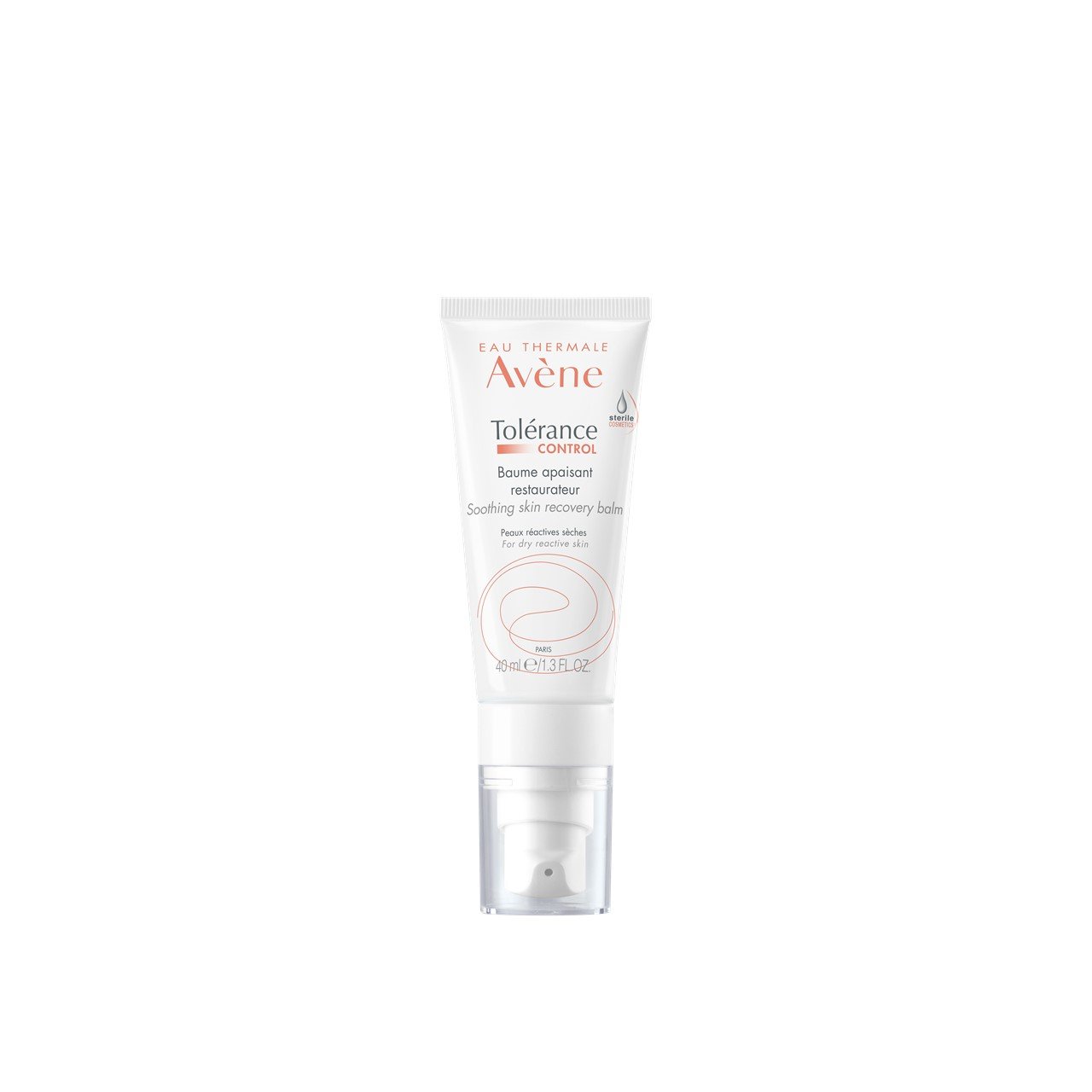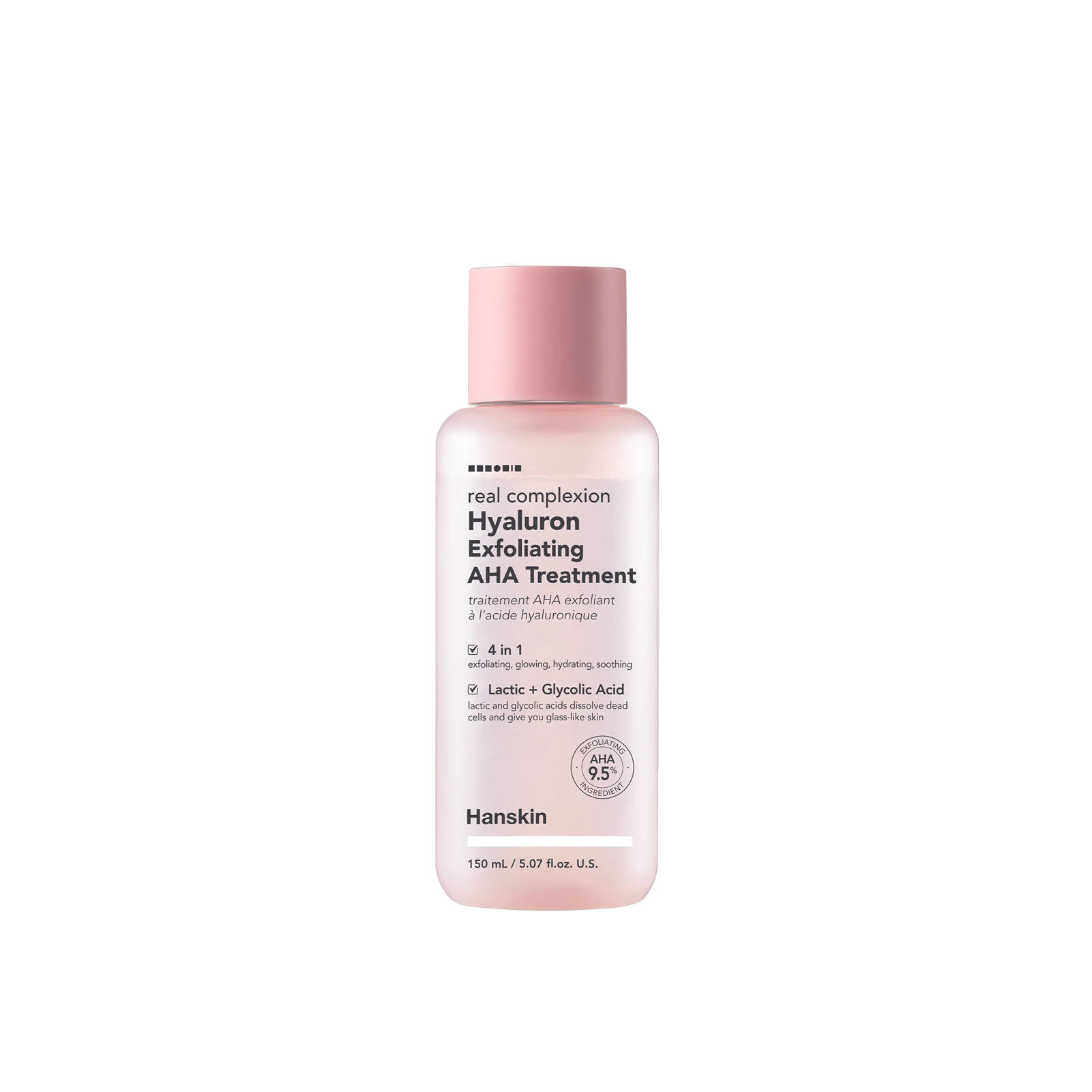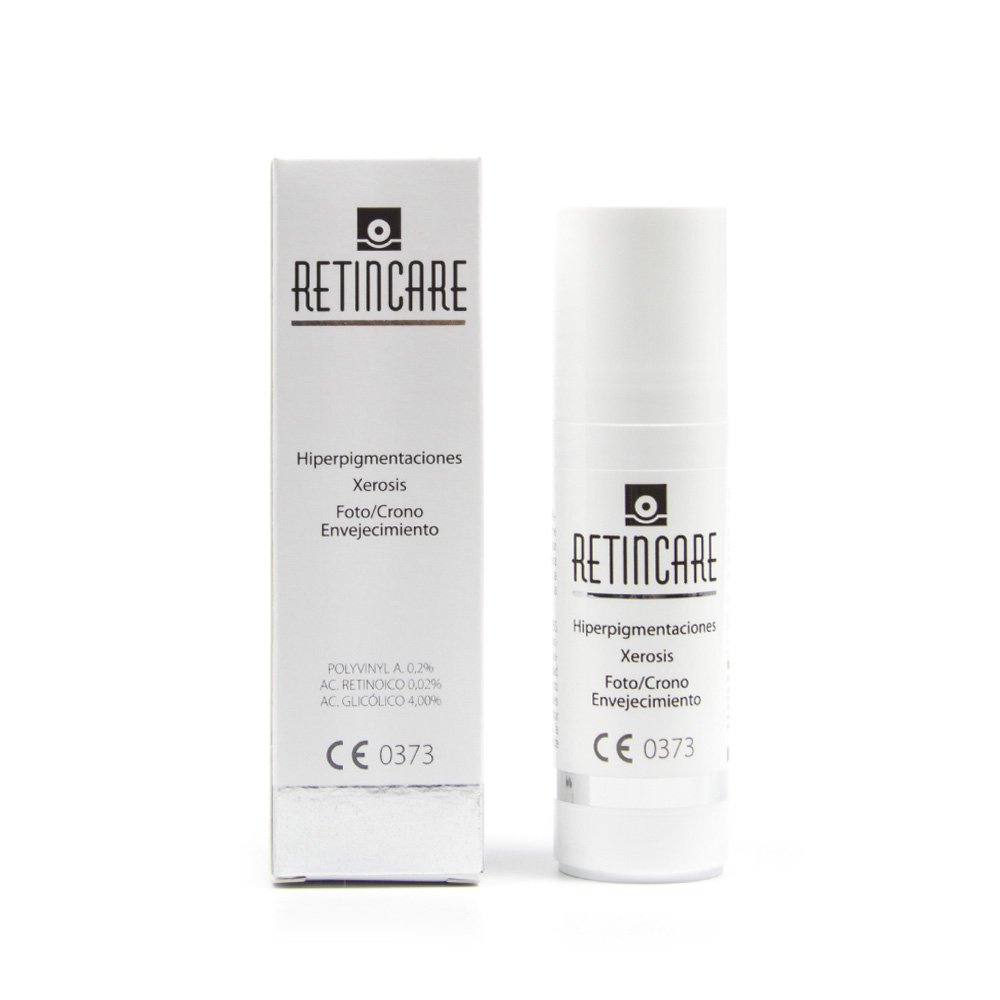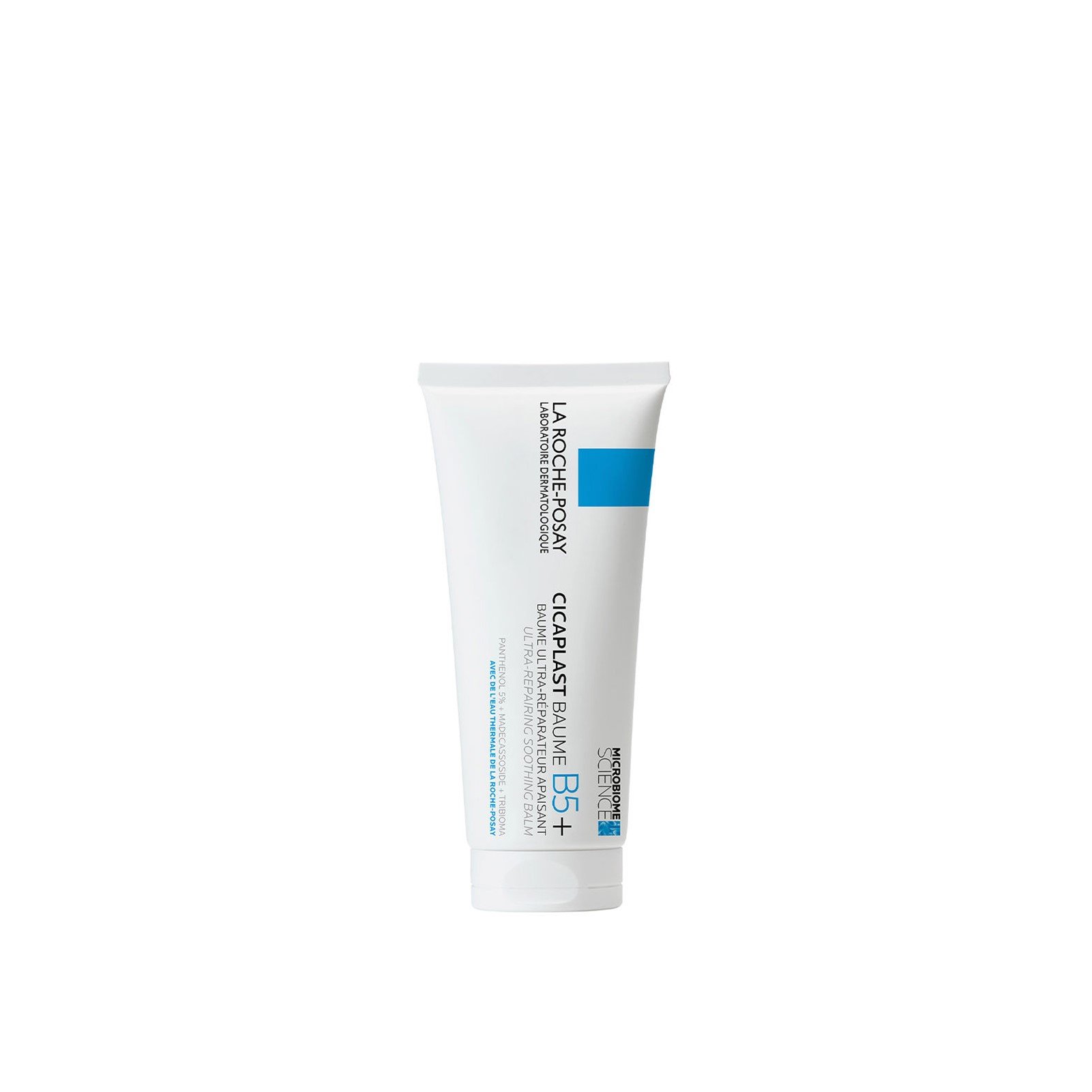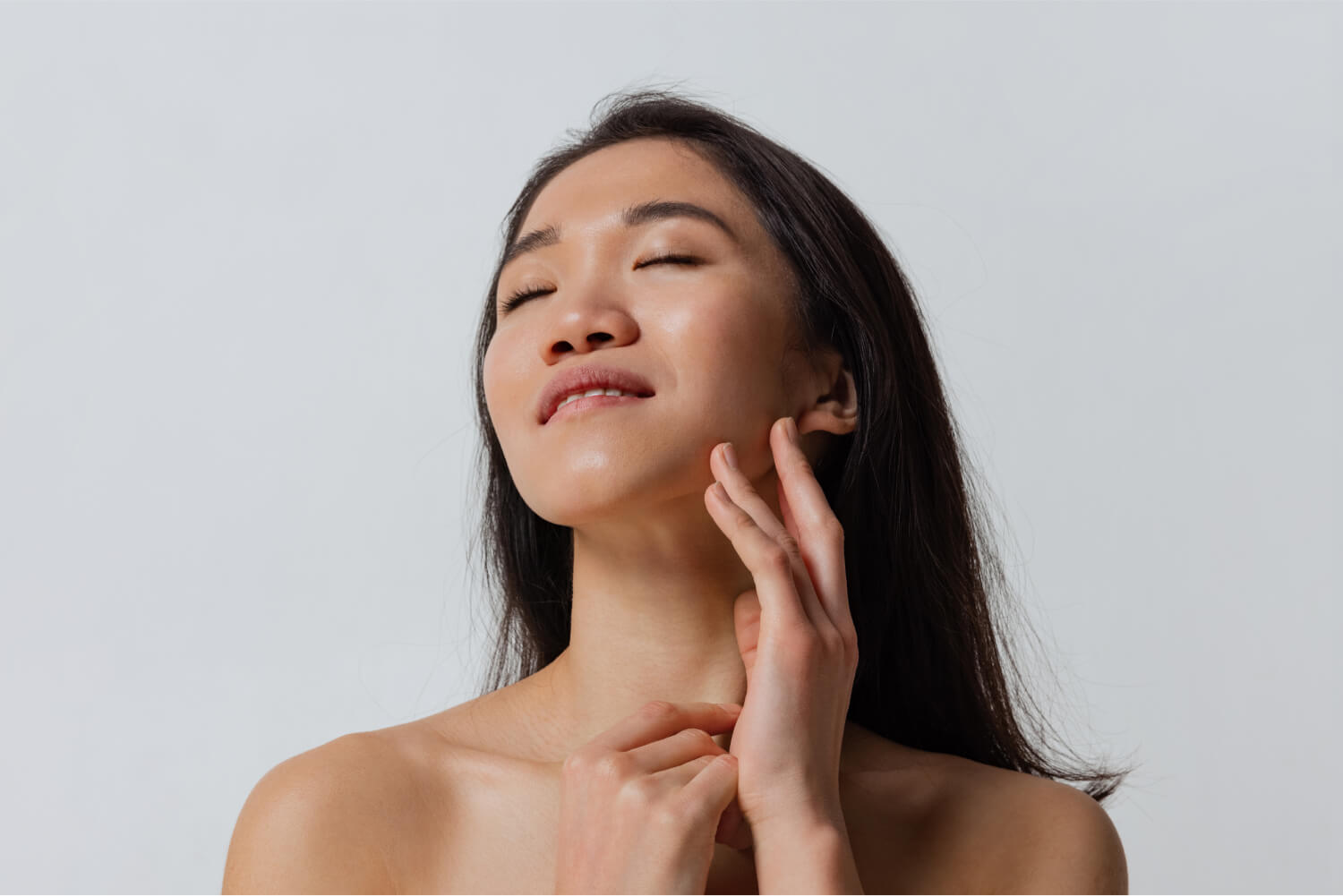
Skin cycling is all the rage right now, but is skin cycling legit? We’re about to dig deep into this new trend and understand how it gained so much momentum. Stick with us to find out what skin cycling is and if skin cycling is really worth it. Spoiler alert: we’re all aboard this train and this author believes this is actually the most sensible trend from the last years.
On this post:
What is skin cycling?
Skin cycling is a minimalist approach to a skincare routine, where you apply exfoliating acids, retinol, and soothing ingredients on alternating nights (there’s the “cycling” part) to optimize their combined results and allow your skin to rest and recover. In short: skin cycling is all about changing up your night routine to achieve a different goal each night.
If you were to condense three of the bigger trends right now, this is what you would come up with. What are those trends, you ask? Barrier repair, using scientifically-proven ingredients, and a minimalist approach. If you wish, you can also throw in the probiotics trend, because it definitely fits this approach.
Dr. Whitney Bowe, an American board-certified dermatologist, was the one to coin the term. She has explained that she faced many of her clients disrupting their skin because they were trying to use everything all at once. This meant that they ended up not gathering the benefits of using strong actives because then they would be recovering from the damage they had inflicted on themselves. Therefore, she experimented with a few versions with some of her most loyal clients for some time and came up with the skin cycling routine.
Is this a huge breakthrough? Of course not, most experienced retinol users were already using a form of what is now called skin cycling. But Dr. Whitney Bowe had the brains to put pen to paper (and video) and make it simple for people to use. And we always respect great science communication that is based on evidence and makes it easy for the non-expert user.
The benefits of skin cycling
This approach gained momentum exactly because it has so many benefits. Let’s check them all one by one:
- It’s minimalist and easy to follow, so you don’t need to have a lot of products and don’t need to use a complicated routine;
- You can adapt the routine to your skin to reduce irritation, hence it means it can be used by people with sensitive skin;
- It allows you to gather the benefits from retinol and chemical exfoliants while respecting the skin barrier;
- You can increase the strength level of active ingredients whenever you feel you’re reaching a plateau.
Why does skin cycling work?
Slin cycling works for two main reasons: it makes it easy to use a few staple products that people want to use, and the structure makes sense. Given that the main focus of this routine is to gather the benefits while keeping the skin healthy with minimal products, it gets you all the benefits without the side effects.
Using the exfoliant the night before the retinol helps to make the retinol penetrate deeper, but the recovery nights allow your skin to rest and, yes, recover. Since a lot of people can’t tolerate retinol every night, this is a way for people to easily put together a routine that fits their skin.
How long does it take for skin cycling to work?
Results are everything, indeed. It takes only two cycles for more luminous skin (we’re talking about one week here), and a few months for wrinkles to start to visibly fade and attenuate.
Is skin cycling necessary?
As with anything in skincare (except for cleanser and sunscreen): no. You can be totally fine without skin cycling. In fact, you can actually reap more benefits from using retinol every night if your skin tolerates it. It’s all about having options, and this one is a very well thought out one. However, it may not be the routine for you and your skin.
Skin cycling vs Retinol every night
If retinol is so great, why aren’t we just using it every night? The fact is that it’s somewhat hard to use retinol every day of the year without disrupting the skin barrier. Not because of retinol specifically, but because your skin changes constantly.
If you’re perfectly ok with your routine using retinol every night, there is no need for you to do skin cycling. However, if you were finding it difficult to use retinol, especially to combine it with acids without disrupting the skin, this may be for you.
A how-to guide to skin cycling
Skin works by, as the name points out, cycling your skin through a series of different steps. These steps correspond to different night routines that should be followed in a specific order. A classic skin cycling routine dedicates night #1 to exfoliants, night #2 to retinol, and nights #3-4 to recovery. For those who are super used to following a routine with strong actives, you can cut out one of the recovery nights and do a three-night cycle instead (exfoliants, retinol, recovery, then start over). Lastly, if you have sensitive skin, you can add an extra recovery night and, of course, use gentler formulas.
Let’s check out what these nights mean and what you should do on each. Please note that we’ve gathered routine recommendations at the bottom of this post.
Night #1: Exfoliants
The idea of night #1 is that you use exfoliating acids. They will not only improve your skin texture but will actually help retinol penetrate deeper. In case you have sensitive skin, go for products with PHAs, but if you have normal skin you can definitely go for a highly concentrated glycolic acid.
Your routine for this night will depend on your preferences: would you rather do an exfoliating toner, an exfoliating serum, or something else entirely? We always recommend using an exfoliating toner, but your exfoliating acids for skin cycling can come in any form.
Night #2: Retinol
The second night of skin cycling is all about retinol. One great way to do this is by using a “retinol sandwich”, meaning that after cleansing you apply a thin layer of your favorite moisturizer, follow with retinol, and then moisturizer again.
This isn’t the same as slugging, where you apply an occlusive agent (such as Vaseline) to your skin. If you do this after applying retinol, you may cause irritation to your skin, so keep that in mind.
Nights #3-4: Recovery
No active ingredients on nights #3-4, it’s all about barrier repair. To this end, you may find that creams with probiotics may serve you well, as well as creams with Centella asiatica. Niacinamide creams or serums may also help, as this ingredient is all about anti-aging while keeping the skin protected.
Morning routine
Skin cycling is all about the night routines, but what about the mornings? What products can you use in the morning? A great sunscreen is always a must-have, but you should also throw in your favorite antioxidant serum. Vitamin C is always a good option, but there are alternatives for those who can’t tolerate Vitamin C.
However, if you are prone to acne breakouts, we definitely recommend that you throw in a niacinamide serum instead.
What products should you use for skin cycling?
As promised, we’re bringing you a few skin cycling examples.
The classic version
For a classic skin cycling routine, start night #1 with the Filorga Oxygen-Peel Re-Oxygenating Micro-Peeling Lotion, an exfoliating toner that uses glycolic acid for a radiance-boosting effect. Then, on night #2, try the Neutrogena Retinol Boost Cream, an anti-aging cream formulated with 0.1% retinol. Finally, give your skin a rest on nights #3-4 with the Vichy Minéral 89 72h Moisture Boosting Cream, a versatile moisturizer made with Vichy volcanic water together with hyaluronic acid and squalane.
For acne-prone skin
Skin cycling is also a great option for acne-prone skin. If that’s you, try the following routine:
Start out with the Some By Mi AHA-BHA-PHA 30 Days Miracle Toner, an exfoliating acid toner, on night #1. On night #2, pick a retinol product designed for acne-prone skin, like the Biretix Tri-Active Anti-Blemish Gel. On nights #3-4, work on skin recovery with the SVR [Pepti] Biotic Regenerating Smoothing Matt Gel, a mattifying moisturizer that offers anti-aging benefits.
Sensitive skin
Not only is it possible to practice skin cycling with sensitive skin, it’s actually recommended. To do so, start night #1 with a gentle exfoliating toner, like the Pestle & Mortar NMF Lactic Acid Toner. Then, on night #2, make sure to pick a gentle retinol product, like the new Neutrogena serum, the Neutrogena Retinol Boost Serum. On nights #3-4, focus on recovery with a super-calming cream like the Avène Tolérance Control Soothing Skin Recovery Balm. If you find that your skin needs a little more rest, no problem at all: keep pampering your skin on night #5, and then start over.
Advanced users
Are you a bit of a skincare pro? Are you in tune with your skin and comfortable around highly concentrated ingredients? Here’s the skin cycling routine we suggest for you:
Start night #1 with the Hanskin Real Complexion Hyaluron Exfoliating AHA Treatment, an exfoliating toner that combines glycolic acid and niacinamide. On night #2, bring out the big retinol guns with the Retincare Treatment for Dry Skin with Dark Spots & Wrinkles. Finally, don’t forget to take a break on nights #3-4 and pamper your skin with the La Roche-Posay Cicaplast Baume B5+ Ultra-Repairing Soothing Balm.
As you can see, skin cycling can really be for everyone. The beauty of a method that allows you to customize it for your skin is that you can get all the benefits without the side effects. Thus, this method really is a great way to improve your skin. Still think you need a helping hand? Contact us at help@caretobeauty.com and our experts will be happy to help.
Pharmacy Technician & Beauty Writer



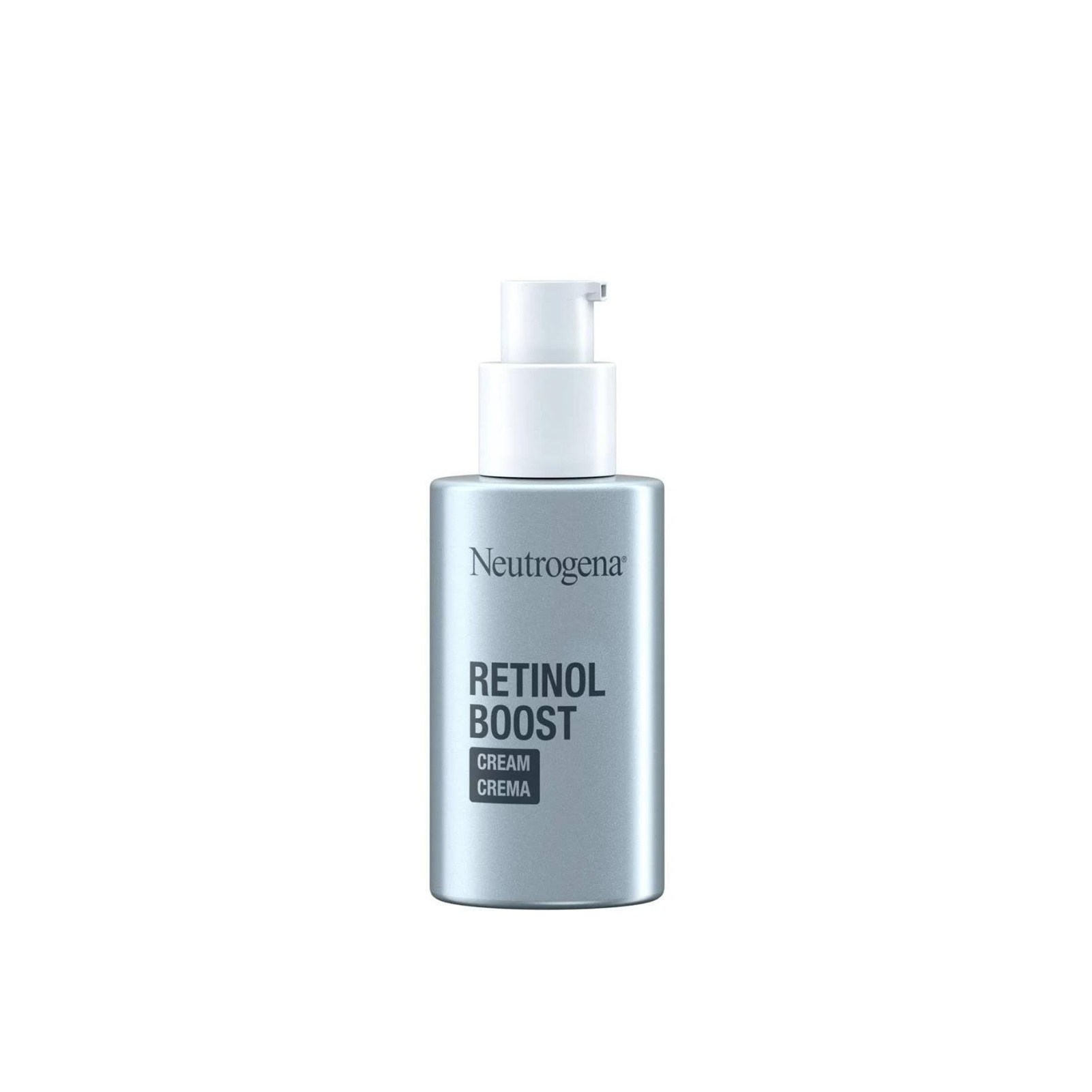
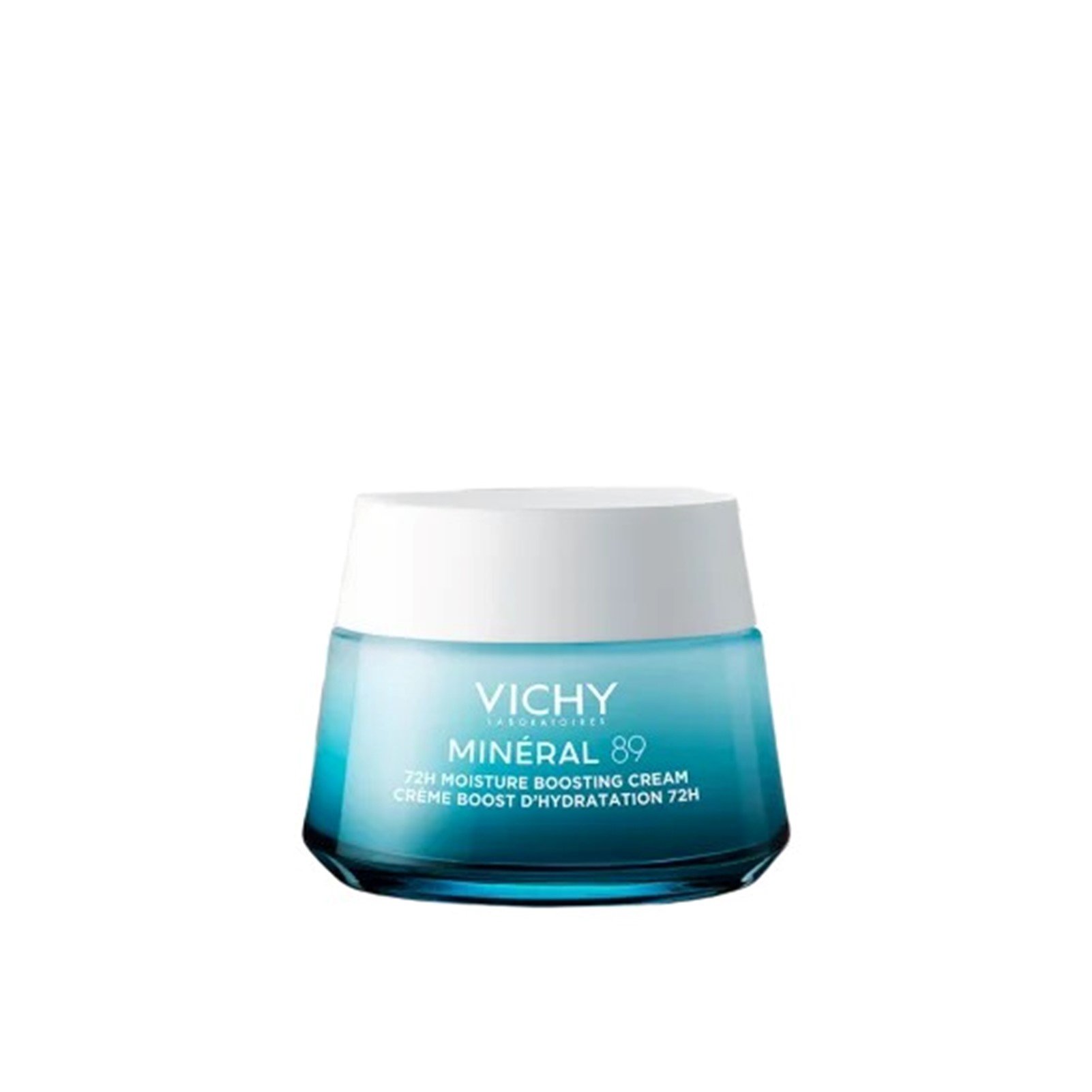
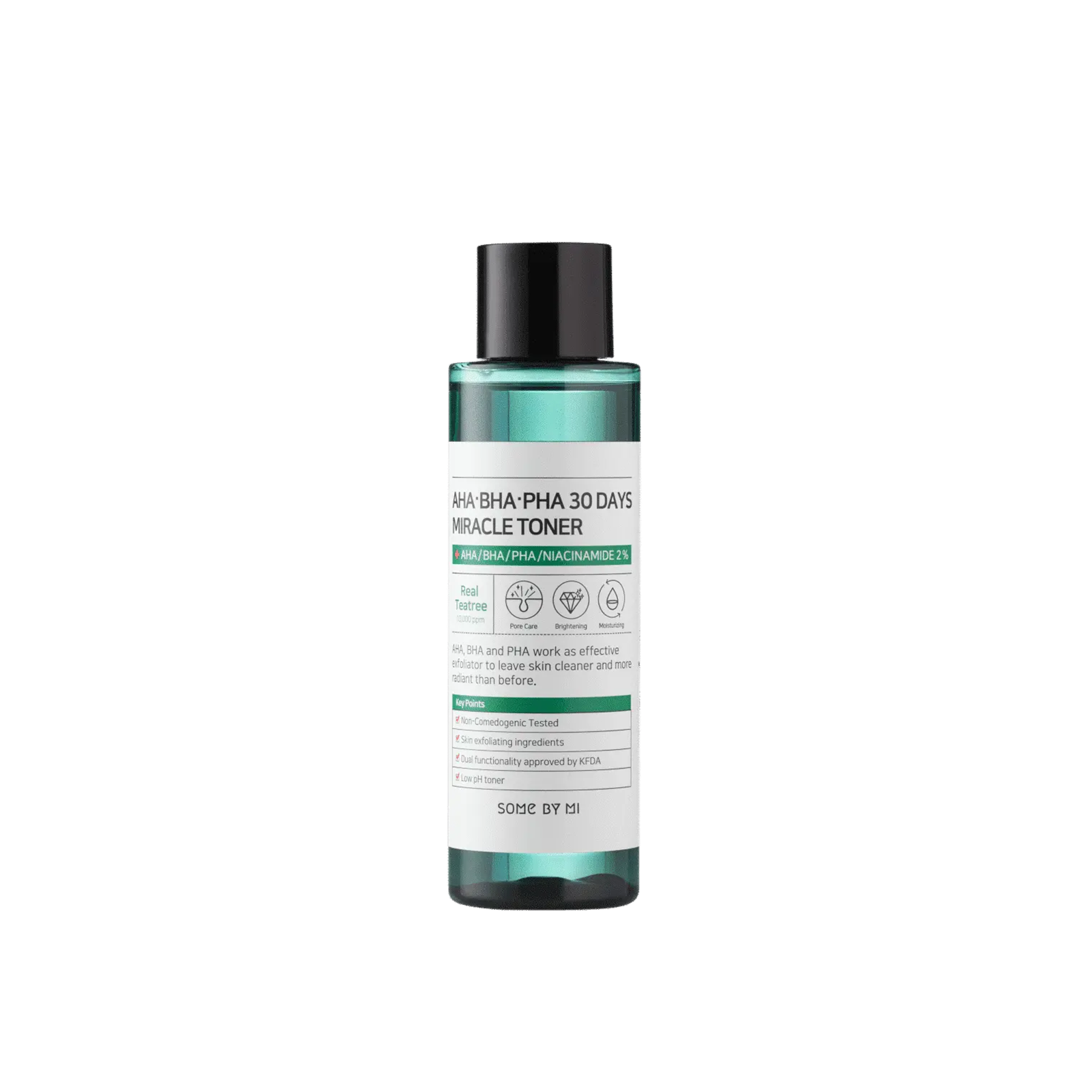

![SVR [Pepti] Biotic Regenerating Smoothing Matt Gel 50ml](https://static.beautytocare.com/media/catalog/product/s/v/svr-pepti-biotic-regenerating-smoothing-matt-gel-50ml_1.jpg)
